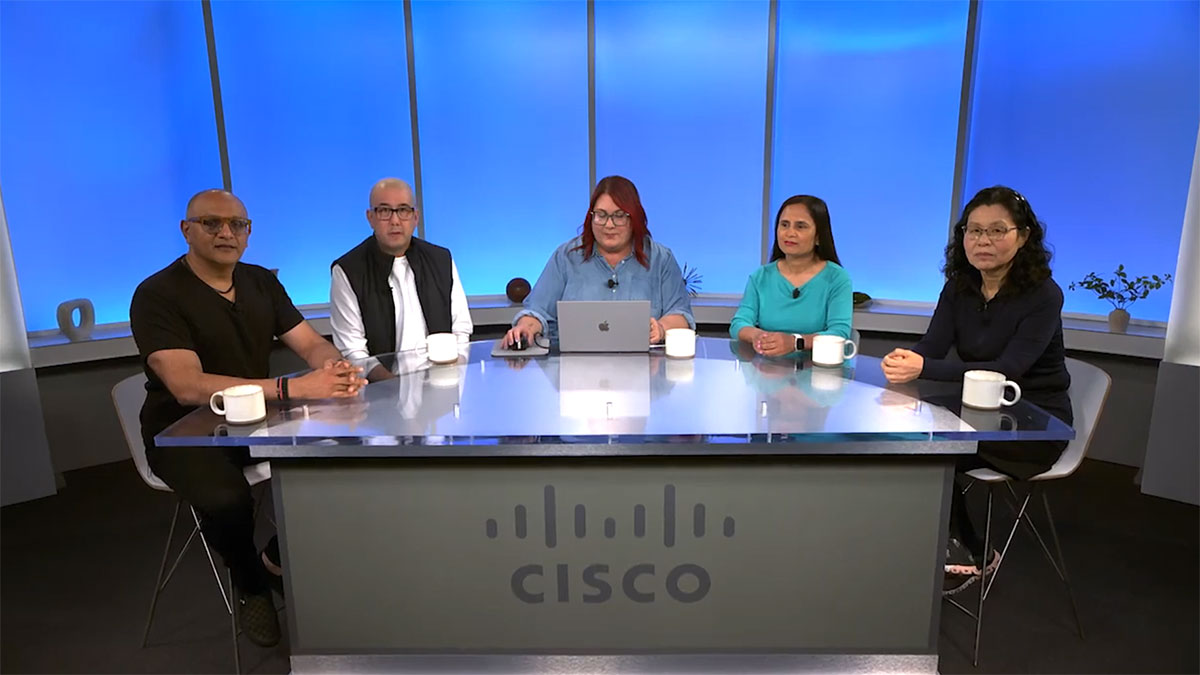Business leaders once considered sustainability a nice idea. That is, if they thought about it all.
But that’s changing.
Today, sustainability is a critical business imperative. A wide range of stakeholders — from customers and investors to employees and regulators — demand it. And smart business leaders know it’s a gateway to efficiency, innovation, and competitive differentiation.
Technology is a critical piece of the puzzle. But while many organizations are beginning to invest in technologies like AI, analytics, and automation to support their sustainability strategies, there is uncertainty around what goals to set and how best to attain them.
This was affirmed by the IDC InfoBrief, sponsored by Cisco, Enabling Sustainability Through Investments in Technology Is Critical to Driving Business Value, in which 63 percent of global respondents stated that their organizations considered sustainability a very important or extremely important priority. But only 37 percent have operationalized those goals.
The study, which sought to better understand the technology trends and best practices that impact sustainability success, surveyed 1,244 IT professionals in 12 countries, while conducting in-depth interviews with IT pros in a variety of industries.
Here are five actionable insights from the study that can positively impact any organization:
- Make IT a critical player. Sustainability should be a team effort, with shared contributions across the organization. But given its tech expertise, IT can play a unique role in driving investments and implementations of critical technologies, while ensuring that sustainability is integrated into all business operations. More organizations are grasping this and empowering IT in new ways.
- In 22 percent of organizations, IT is taking a lead role in in formulating strategy and ensuring progress toward sustainability goals — compared with 13 percent in 2021. That signals an upward trend but leaves considerable room for improvement.
- The CTO of a global tools manufacturer explained how his team’s influence on sustainability is expanding. “It’s getting very serious in terms of our commitment,” the CTO said.” “It involves everything from looking at how do we analyze our carbon footprints within our facilities, energy sources, recycled energy, alternative energy, and then start looking to work with vendors.”
- Shift from compliance to business outcomes. The IDC InfoBrief reveals a change in priorities from simply following the rules to employing sustainability as a strategic advantage.
- In 2021, top sustainability drivers included mandates from executive management (40 percent), regulatory requirements (37 percent), and reputational risk (28 percent). In 2022, however, priorities shifted toward business outcomes, with improving operational efficiency (43 percent) the top driver, followed by competitive differentiation (40 percent), innovation (39 percent), and revenue growth (37 percent).
- The vice president for IT of a U.S. manufacturer summed up the shift: “We don’t see sustainability as a compliance issue. For us it is a way to innovate and create differentiation.”
- Develop a data strategy. Aggregating the data needed to effectively manage and track sustainability performance proved to be the biggest operational challenge for 54 percent of companies surveyed. But it was nevertheless a key attribute for sustainability success.
- Forty-three percent of companies deemed “sustainability pioneers” in the study — that is, rated most mature in sustainability — had developed and operationalized a comprehensive data management strategy. Only 30 percent of “sustainability starters” had done so.
- The CTO of a global tools manufacturer explained the importance of such a strategy: “There’s a parallel path where digital and IT have to come together with sustainability to get the analytics you need to really drive improvements.”
- Establish clear KPIs. Sustainability pioneers also stood out in their ability to quantify performance and progress towards their sustainability goals. These organizations implement dashboards that measure and track key performance indicators for sustainability, creating a precise picture of what’s working and what needs to improve. These could relate to goals around energy management, decarbonization, or business impacts related to sustainability, among many other metrics. And in fast-evolving, highly regulated environments, many are measuring their own metrics against industry benchmarks.
- Select Trusted Advisors. Investments in sustainable IT infrastructure can drive key business outcomes such as energy savings, operational efficiency, and reduced waste. And as we have seen, IT leaders should take a lead role in selecting, purchasing, and, of course, implementing and managing these technologies. But IT can’t do it alone. As many IT leaders have learned, a trusted technology vendor that aligns closely with their sustainability goals is a must.
- “If somebody didn’t have a sustainability footprint or road map, they were out, not even considered,” the vice president for IT infrastructure at a U.S.-based financial services company said. “I have meetings with [vendors] and I expect them to deliver sustainability reports on a quarterly basis.”
Today, sustainability isn’t just the right thing to do; it’s the smart thing. And we believe these key insights will help any organization become a sustainability pioneer. One thing is certain: pressure for greater sustainability from regulators, boards of directors, and the planet will only increase.
But for many business and technology leaders, customers may make the most immediate argument. “We have customers that are global, particularly European customers, that are really pushing sustainability,” the CIO of a global automotive parts suppliers said. “It’s even in their corporate charter now ... so they’re pushing us.”
It will be up to IT to respond and take a lead role in their organizations, driving sustainability, innovation, and better business outcomes.
To review the InfoBrief in full, click here




